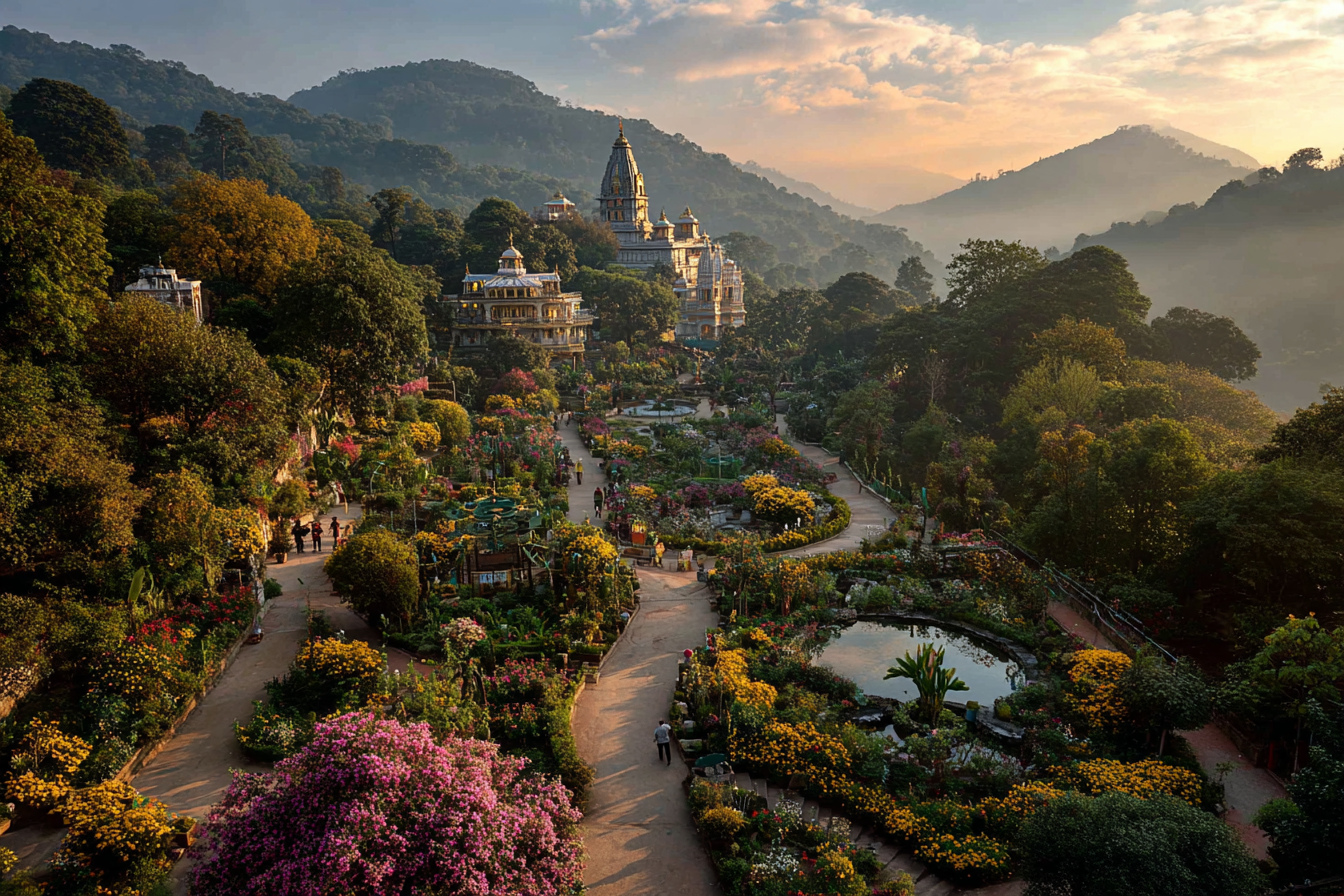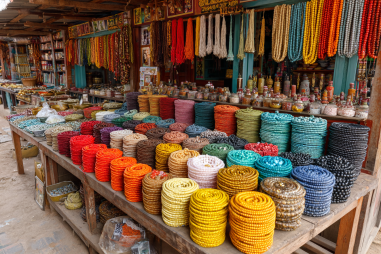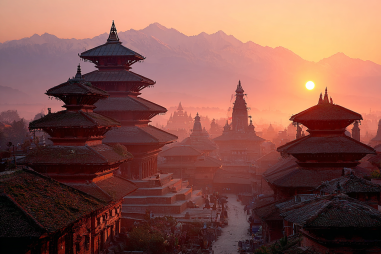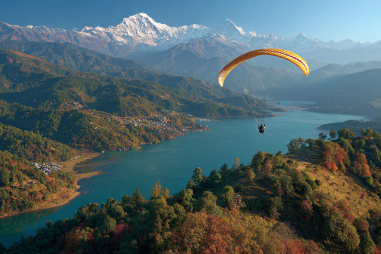Lumbini, located in southern Nepal, is one of the most sacred places in the world for Buddhists. It is famously known as the birthplace of Siddhartha Gautama, who later became the Buddha. This serene and spiritually charged location offers a rich tapestry of ancient temples, monasteries, and gardens that provide pilgrims and travelers a unique opportunity to connect with Buddhist history and practice peaceful reflection. Whether you are a devoted follower or a curious traveler, exploring the Buddhist sites in Lumbini promises a deeply meaningful experience.
Overview of Lumbini’s Buddhist Heritage
Lumbini’s significance stems from its historical and spiritual heritage as the birthplace of Buddha, dating back more than 2,500 years. It is recognized as a UNESCO World Heritage Site, attracting pilgrims from around the globe who come to pay homage and immerse themselves in Buddhist teachings and culture. The heritage here is beautifully preserved in the form of ancient ruins, sacred gardens, archaeological sites, and contemporary monasteries built in architectural styles reflecting the diverse Buddhist traditions worldwide.
The peaceful surroundings of Lumbini create an atmosphere conducive to meditation and learning, making it much more than a historical landmark—it is a living spiritual hub that continuously inspires devotion and mindfulness.
Maya Devi Temple: Birthplace of Buddha
The heart of Lumbini’s spiritual aura is the Maya Devi Temple, named after Queen Maya Devi, the mother of Siddhartha Gautama. This temple marks the exact spot where Buddha was born around 563 BCE. Although the original structure no longer exists, the present-day temple stands on the site of ancient ruins and remains a focal point for visitors.
Within the temple complex, you’ll find a sacred pond, known as Puskarini or the Holy Pond, where Queen Maya Devi is said to have bathed before giving birth. Archaeological excavations here have uncovered significant relics, including ancient footprints of the young Buddha, adding to its profound spiritual significance.
The temple is an active place of worship, and visitors often participate in lighting butter lamps, offering flowers, or quietly contemplating the birthplace’s serene environment.
The Ashoka Pillar and Its Historical Importance
Not far from the Maya Devi Temple stands the Ashoka Pillar, one of the most important historical artifacts in Lumbini. This pillar was erected in 249 BCE by Emperor Ashoka of India after he embraced Buddhism and became a promoter of its teachings. It bears an inscription that confirms Lumbini as Buddha’s birthplace and marks it as a place where he was respected with royal blessings.
The pillar is made of polished sandstone and features the iconic lotus capital, symbolizing purity and enlightenment in Buddhist tradition. Standing beside the Ashoka Pillar, visitors gain a deep sense of connection to the ancient history and the early spread of Buddhism across Asia, making it a must-see landmark during your pilgrimage.
Monastic Zone: International Monasteries
One of the most fascinating aspects of Lumbini is the Monastic Zone, an area dedicated to the construction of monasteries by various Buddhist countries and sects. These monasteries reflect the architectural styles, cultural expressions, and spiritual practices unique to each tradition, creating a diverse and colorful environment.
Here, you can explore:
- Thai Monastery: Renowned for its vibrant red and gold colors, intricate carvings, and traditional Thai designs.
- Tibetan Monastery: Adorned with colorful prayer flags and murals depicting Tibetan Buddhist deities and mandalas.
- Japanese and Chinese Monasteries: Featuring minimalist architecture and tranquil gardens, conducive to meditation.
- Other international monasteries: Including those built by Sri Lanka, Myanmar, Korea, and more.
These monasteries are not only architectural marvels but also centers for spiritual learning, meditation retreats, and cultural exchange. Visitors are welcome to explore the grounds, attend teachings, and experience moments of quiet reflection.
Sacred Gardens and Meditation Spots
Lumbini’s calm and peaceful ambiance is enhanced by its sacred gardens and dedicated meditation spots scattered throughout the pilgrimage area. These green, tranquil spaces offer perfect settings for contemplation and spiritual practice.
The Lumbini Garden and the Central Peace Park are especially popular with pilgrims seeking solitude among nature. Many choose to meditate under the shade of ancient trees or sit near quiet ponds, immersing themselves in the natural beauty that complements the spiritual environment.
Sign boards and benches are thoughtfully placed in these areas, encouraging visitors to pause, breathe deeply, and connect with the peaceful energy that permeates Lumbini.
Visiting Etiquette and Spiritual Practices
When visiting Lumbini, it is important to approach the sacred sites with respect and mindfulness. Here are some essential etiquette tips and spiritual practices to keep in mind:
- Dress modestly: Wear clothing that covers your shoulders and knees as a sign of respect.
- Remove shoes: In many temple areas, shoes and hats should be removed before entering.
- Maintain silence: Speak softly and avoid loud conversations to preserve the peaceful atmosphere.
- Photography rules: Always check for signs about photography restrictions, especially inside temples.
- Participate mindfully: When observing rituals or joining meditation sessions, do so respectfully and with reverence.
- Offerings: It is common to bring flowers, incense, or candles to offer at the shrines.
Engaging sincerely in these practices can deepen your connection to the spiritual essence of Lumbini and enrich your overall experience.
Planning Your Sacred Tour Itinerary
To make the most of your visit to Lumbini and its Buddhist sites, careful planning is key. Here is a suggested itinerary to help you navigate the area thoughtfully:
- Day 1: Start with a visit to the Maya Devi Temple, followed by the Ashoka Pillar. Take time to explore the archaeological museum nearby for historical context.
- Day 2: Dedicate your day to the Monastic Zone. Walk through the international monasteries, enjoy their unique architectures, and attend any open teachings or meditation sessions.
- Day 3: Spend your time in the sacred gardens, participating in meditation and reflection. Visit local shops offering Buddhist crafts and books to take home meaningful souvenirs.
- Optional: Attend special ceremonies or festivals if your travel dates coincide with Buddhist holidays like Buddha Jayanti.
Accommodations in Lumbini range from simple guesthouses to comfortable hotels, often catering to pilgrims, so booking in advance during peak seasons is advised.
Connecting with the Essence of Buddhism in Lumbini
Lumbini is more than a geographical location; it is a spiritual beacon for millions around the world. Exploring its Buddhist sites allows pilgrims and travelers to step back in time, witness the roots of Buddhism, and engage with centuries of devotional practice. Whether through walking the sacred grounds, sitting quietly in meditation, or observing the devotion of others, there is a profound opportunity here to reflect on universal teachings of peace, compassion, and enlightenment.
As you journey through Lumbini, you not only discover historical landmarks but also connect deeply with the living spirit of Buddhism. It is a place that invites both quiet introspection and vibrant cultural exchange, leaving every visitor with memories and insights that endure long after the pilgrimage ends.







